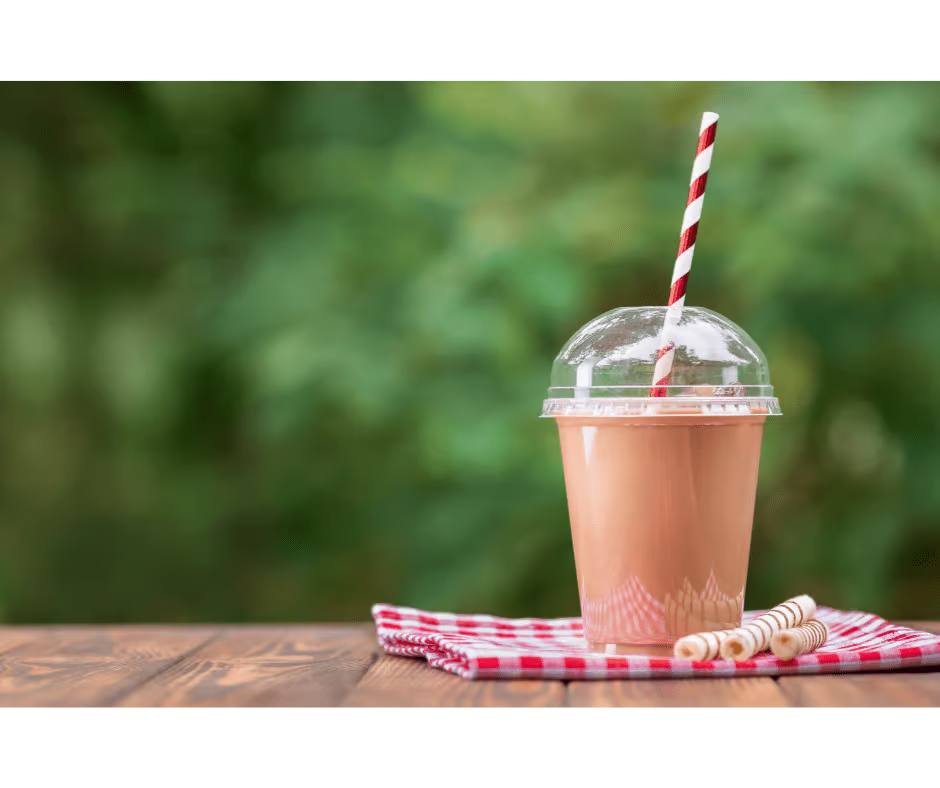I. Introduction
Furoshiki is a traditional Japanese fabric wrapping technique that is gaining popularity as an eco-friendly and aesthetically pleasing alternative to disposable packaging. By using a furoshiki cloth to wrap your gifts, you can reduce your environmental impact while presenting a beautifully wrapped present.
In this article, we will show you how to use a furoshiki cloth to wrap various types of gifts using different techniques.
II What is a Furoshiki Cloth and Why Use It?
Furoshiki is a method that involves using a square cloth to wrap and carry objects of all sizes and shapes. The cloth used to make a furoshiki is called a furoshiki cloth. This cloth can be:
- Made of cotton
- Made of silk
- Made of linen
- Made of polyester
- Made of any other lightweight and durable material
Furoshiki has a long history in Japan, where it was traditionally used to transport clothing, books, and gifts. However, today this wrapping method has become very popular worldwide due to its durability and aesthetic appeal.
Indeed, the furoshiki cloth is an eco-friendly and visually pleasing alternative to traditional disposable gift wrapping. By using it to wrap your gifts, you can avoid unnecessary waste generated by disposable packaging while offering a unique and elegant unwrapping experience to the recipient.
Furthermore, it can be reused indefinitely to wrap many items, making it an economical and eco-friendly choice. By employing this wrapping method, you can contribute to the reduction of plastic and paper waste generated by traditional gift packaging.
In the next part of this article, we will show you how to use a furoshiki cloth to wrap various types of gifts.

III. How to Use a Furoshiki Cloth to Wrap Gifts?
In this section, we will show you how to use a furoshiki cloth to wrap gifts in an eco-friendly and aesthetic manner. The folding techniques we will present are simple and can be used to wrap various types of gifts.
Basic wrapping
The first folding technique we will show you is the basic wrapping. This technique involves wrapping the gift to form a bag. To do this, place the gift in the center of the furoshiki cloth and bring the opposite corners towards the center. Then, tie them together to close the bag.
Bottle wrapping
The bottle wrapping technique is ideal for gifting a bottle of wine or champagne. Place the bottle in the center of the cloth and bring the opposite corners towards the top of the bottle. Then, tie them together to secure the bottle. Next, bring the remaining corners of the furoshiki cloth towards the bottom of the bottle and tie them together.
Box wrapping
To wrap a box, place it in the center of the furoshiki cloth and bring the opposite corners towards the center of the box. Then, tie them together to secure the box. Next, bring the remaining corners of the cloth towards the top of the box and tie them together.
Cylindrical wrapping
Cylindrical wrapping is ideal for cylindrical gifts such as bottles of olive oil or boxes of chocolates. Place the gift in the center of the furoshiki cloth and bring the opposite corners towards the top and bottom of the gift. Then, tie them together to secure the gift. Next, bring the remaining corners of the cloth towards the sides of the gift and tie them together.
Flower wrapping
To wrap a gift in a flower shape, place the gift in the center of the furoshiki cloth and bring the opposite corners towards the center of the gift. Then, tie them together to secure the gift. Next, bring the remaining corners of the cloth towards the top of the gift and tie them together to form a flower.
By using these different folding techniques, you can wrap various types of gifts in an eco-friendly and aesthetic manner using a furoshiki cloth.
IV. How to Personalize Your Gift Wrapping with a Furoshiki Cloth?
Gift wrapping can be an opportunity to unleash your creativity. With a furoshiki cloth, you can personalize the packaging of your gifts and offer a unique and original present.
Use different sizes and patterns of furoshiki cloths
Furoshiki cloths are available in different sizes and patterns. Use this variety to personalize your gift wrapping based on the size and style of the gift. For example, a small-sized cloth will be more suitable for wrapping jewelry or small objects, while a larger cloth can wrap a garment or a gift box.
By choosing various patterns, you can add a personal touch to your gift packaging. For instance, a floral-patterned cloth may be suitable for a gift intended for someone who loves nature, while a brightly colored cloth can bring a cheerful touch to the packaging of a gift for a child.
Add accessories
To further personalize your gift packaging, you can add accessories such as:
- Ribbons
- Tags
- Dried flowers
- Pom-poms
These elements add an extra aesthetic touch to your gift wrapping.
For example, you can attach a personalized tag to the cloth to add a personal message to your gift. Alternatively, you can add a small dried flower to bring a natural touch to your packaging.
Experiment with different wrapping techniques
Furoshiki cloths can be used with different wrapping techniques to create unique packaging. Experiment with different techniques to find the one that best suits your gift.
For example, the basic technique involves placing the gift in the center of the cloth and tying the opposite corners to form a knot on top of the gift. You can also use the fan technique, which involves folding the cloth accordion-style around the gift to create a fan shape and then tying the ends to create a knot.
Reuse the cloths for future wrapping
By using furoshiki cloths to wrap your gifts, you can not only personalize the packaging of your gift but also reduce your environmental impact by reusing the cloths for future wrapping.
When you give a gift wrapped in a furoshiki cloth, you can encourage the recipient to reuse the cloth for wrapping their own gifts or even for other purposes such as a handbag, headband, or wall decoration.

V. Conclusion
The furoshiki cloth is an eco-friendly and aesthetically pleasing alternative to traditional gift wrapping. Used for centuries in Japan to transport objects, it allows for a reduction in the use of wrapping paper and creates a unique and personalized packaging for your gifts.
By utilizing the different wrapping techniques presented in this article, you can create diverse gift wrappings suitable for various occasions. Moreover, by using it, you can give a second life to fabrics you already own, thereby reducing your environmental impact.
Remember, personalizing your gift packaging with a furoshiki cloth is an excellent opportunity to convey a personal message to your recipient while creating a memorable experience for the gift recipient.
In summary, the furoshiki cloth is an eco-friendly, creative, and customizable alternative to traditional gift wrapping. By adopting this wrapping technique, you can reduce your environmental footprint while creating unique and aesthetically pleasing packaging for your gifts.
Now that you are familiar with the wrapping process, all that’s left is to find the gifts to put inside your furoshiki cloths. For that, we have prepared an article to give you ideas for original and eco-friendly Christmas gifts!



